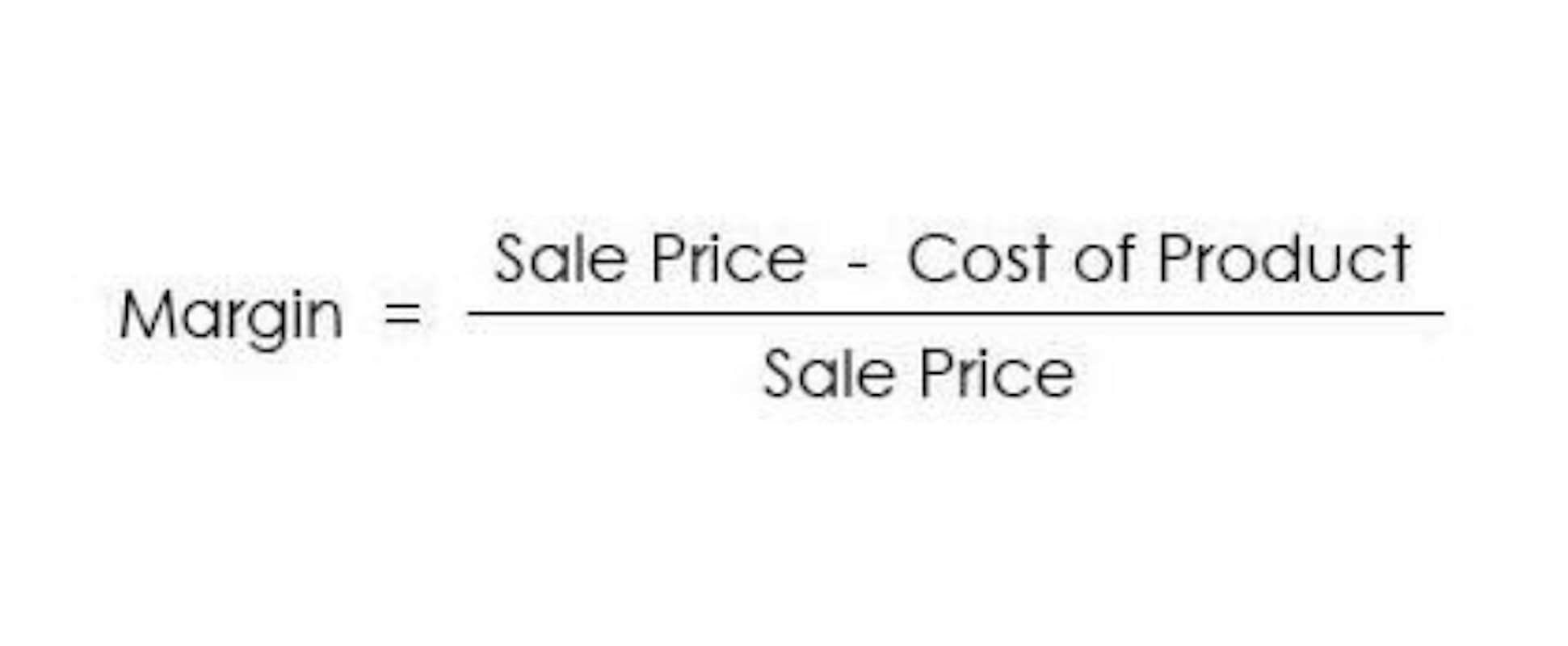Historical Splits and History Dividend Data Free plan API

Through the division of stock into many shares, stock splits lower the price of a stock. But a stock dividend is a payment made to shareholders in the form of additional equity shares as opposed to cash. In this scenario, every stockholder receives additional shares from the firm’s free reserves, but the total market value of the company stays the same. The company’s lack of cash flow is the primary cause of the stock dividend. Stock dividends and stock splits are important events in the stock market that impact shareholders, the company’s financials, and the overall market perception.

Similarities between Stock Split and Stock Dividend
Stock Dividends are issued in place of or in addition to the cash dividend. It is when a company declares and issues additional shares of its own stock to the existing shareholder. Added to your existing share of stock now worth $5, leaving you with 200 shares of stock at $5 each. Keep in mind that the cost basis per share will also change when it comes to taxes. The end result leaves you with more shares but worth the same total value. The number of shares would increase, but the value of the shares would remain the same.
- The key factors are the date of the stock split and the time of the cash dividend’s record date.
- Assuming exercise of the warrants in full, the Company would receive up to $100 million of gross proceeds, which the Company intends to use for general corporate purposes.
- This diversification strategy can help you achieve your income goals while minimizing risk.
- A stock’s yield is the percentage of dividend as a portion of the total price of the stock.
- For investors, it’s important to understand how these actions may affect their holdings, both in terms of share quantity and value.
Normally $25 each – click below to receive one report FREE:

When a company declares a stock dividend, it indicates that it has sufficient earnings to distribute among shareholders without affecting its operations or financial stability. This can be viewed as a positive sign by investors, potentially boosting the company’s stock stock split via dividend price. Stock splits, and dividends affect a company’s financial position differently. With a stock split, the number of shares increases, and the price of each share decreases.

Dow Futures Steady Ahead of Powell Comments
This increases the company’s cash flow as more shares are traded, and investors can access a larger pool of capital. On the other hand, dividends involve issuing new funds, which can affect a company’s balance sheet by decreasing its cash reserves to pay the dividend. Dividends and share repurchases concern analysts because, as distributions to shareholders, they affect investment returns and financial ratios. The contribution of dividends to total return https://indiantrackfoundation.com/what-is-new-york-tax-a-breakdown-of-nyc-tax-rates-2/ for stocks is formidable. For example, the total compound annual return for the S&P 500 Index with dividends reinvested from the beginning of 1926 to the end of 2018 was 10.0%, as compared with 5.9% on the basis of price alone. Similarly, from 1950 to 2018 the total compound annual return for the Nikkei 225 Index with dividends reinvested was 11.1%, as compared with 8.0% on the basis of price alone.
- This company recently went public with an IPO on Friday, September 12th 2025.
- The overall value of the company and its shares does not change, but shareholders now own a greater number of shares.
- Although the company is not more valuable, some research has shown stocks that split generally outperform the broader market.
- A stock dividend’s holding period generally starts just after it is purchased.
- A stock split is voted on by a company’s Board of Directors to change the number of shares of a stock that are outstanding.
- The warrants will be issued without any action required by the Company’s shareholders as of the Record Date and without any payment of cash or other consideration.
Stocks are split to reduce the share price so that shares are more accessible to investors. When a stock is split, existing shareholders receive additional shares of stock, but the bookkeeping price of each share is reduced. The total dollar amount of each shareholder’s stake in the company remains unchanged. In this reading, we focus on dividends on common shares (as opposed to preferred shares) paid by publicly traded companies. A company’s payout policy is the set of principles guiding cash dividends and the value of shares repurchased in any given year.

Bed Bath & Beyond, Inc. Announces Dividend of Warrant to Shareholders

The fundamental distinction between a stock dividend and a stock split, which have similar effects, is dependent on why they are issued. Stock dividends are a viable choice for short-term cash shortages, but many investors may not like this strategy since they prefer the predictable income that only cash dividends can offer. A company may prefer a stock split or a stock dividend depending on their strategy and policies for long-term business growth.
